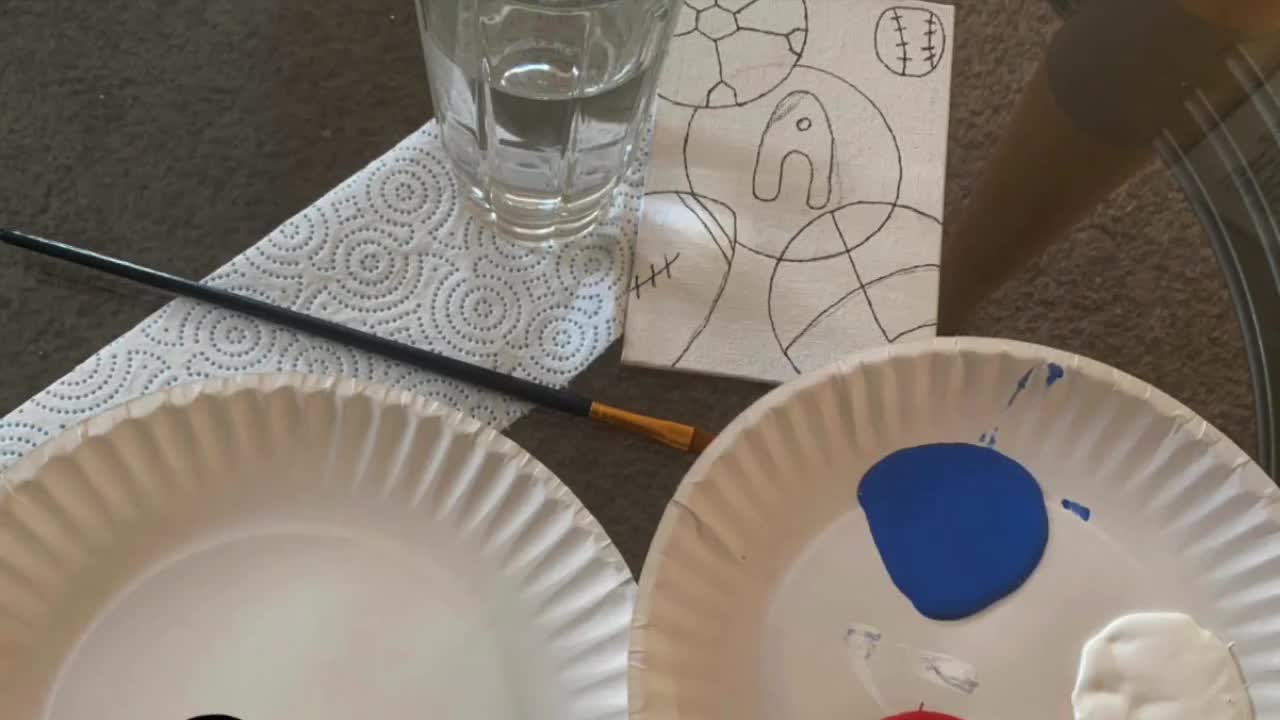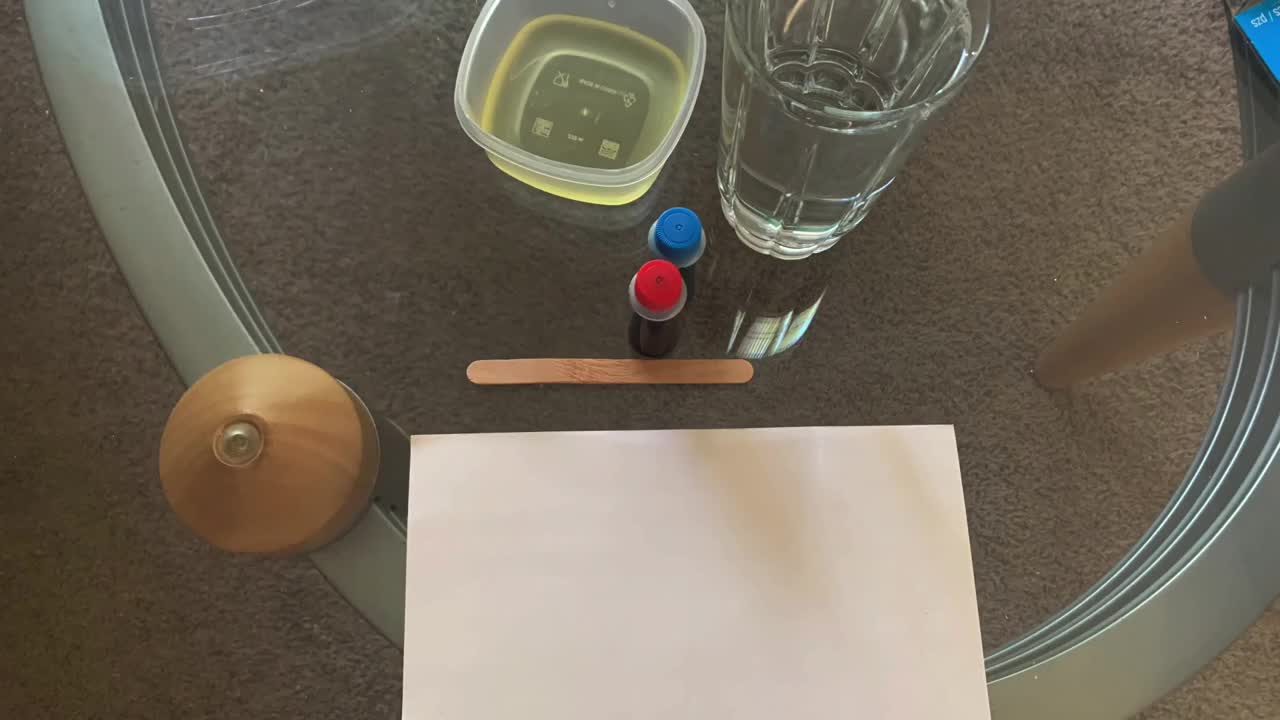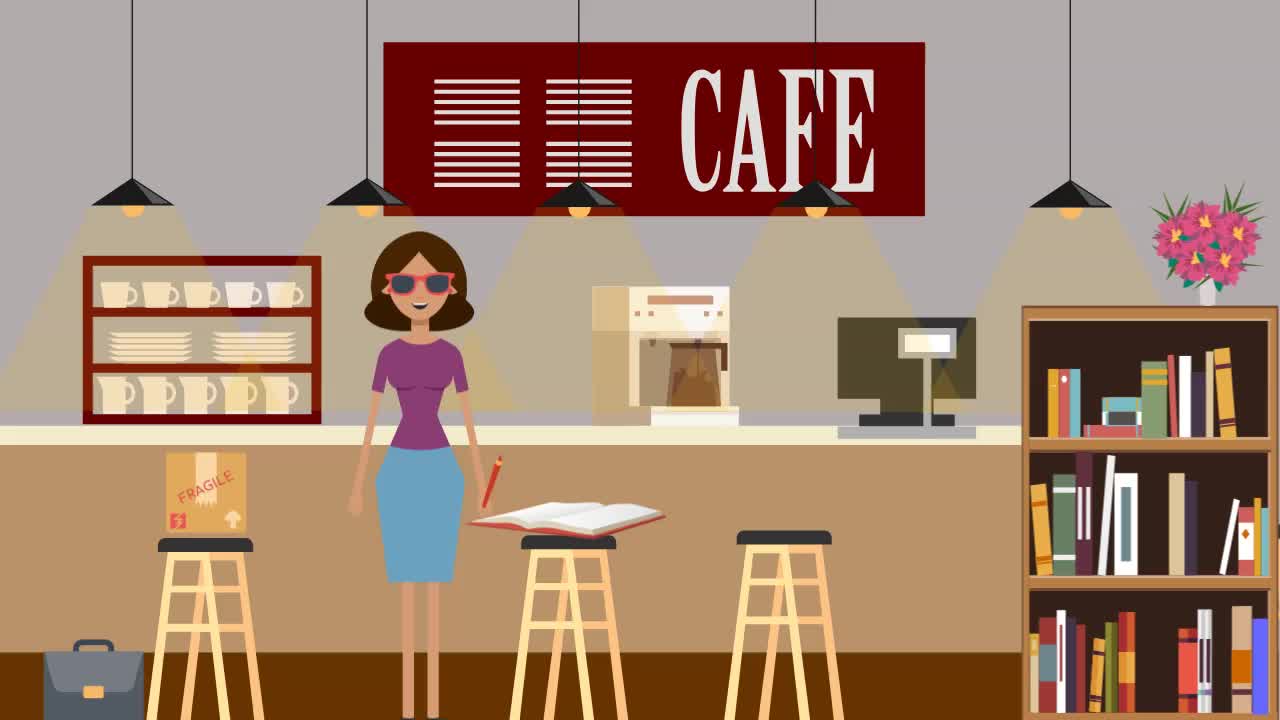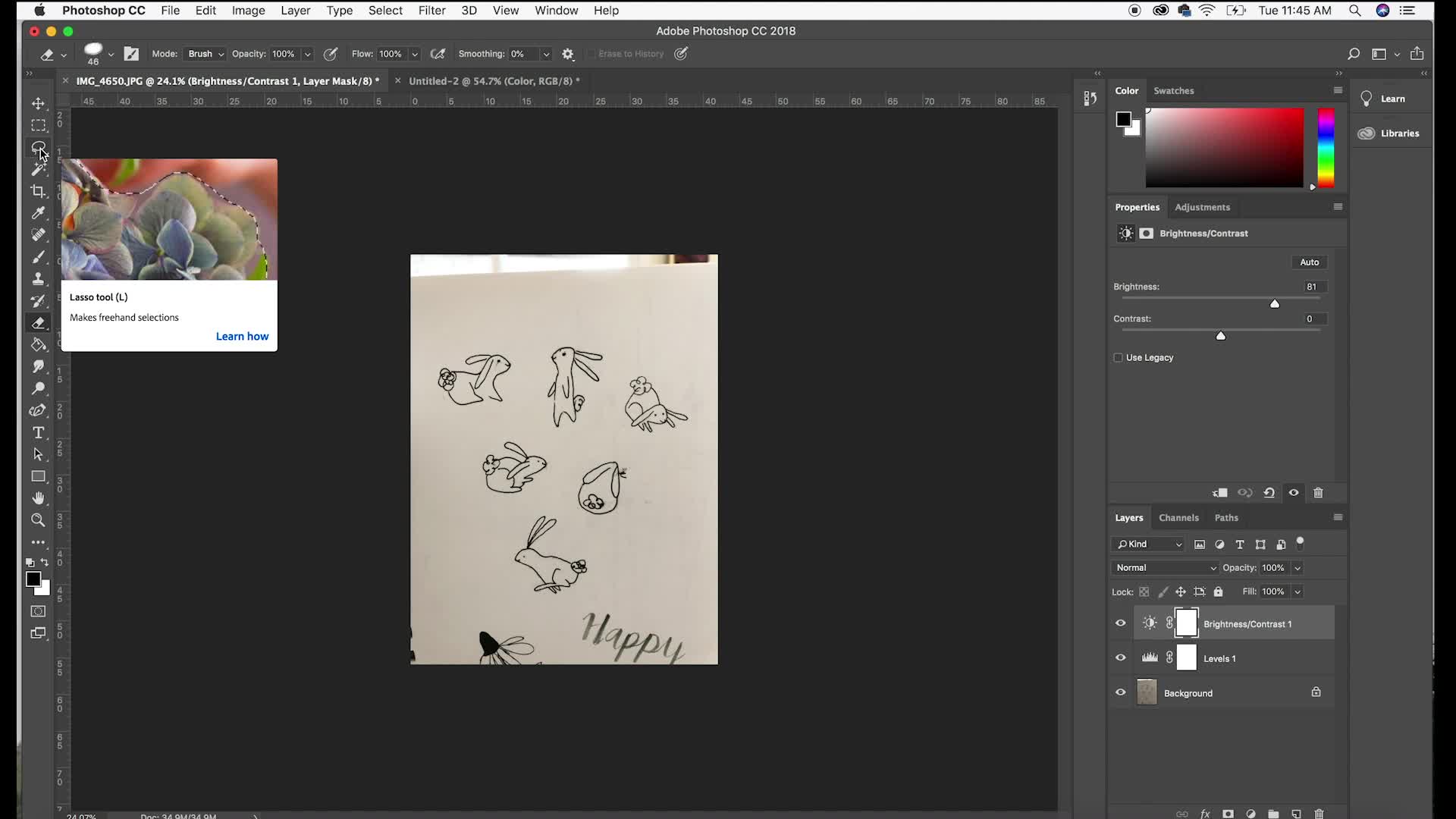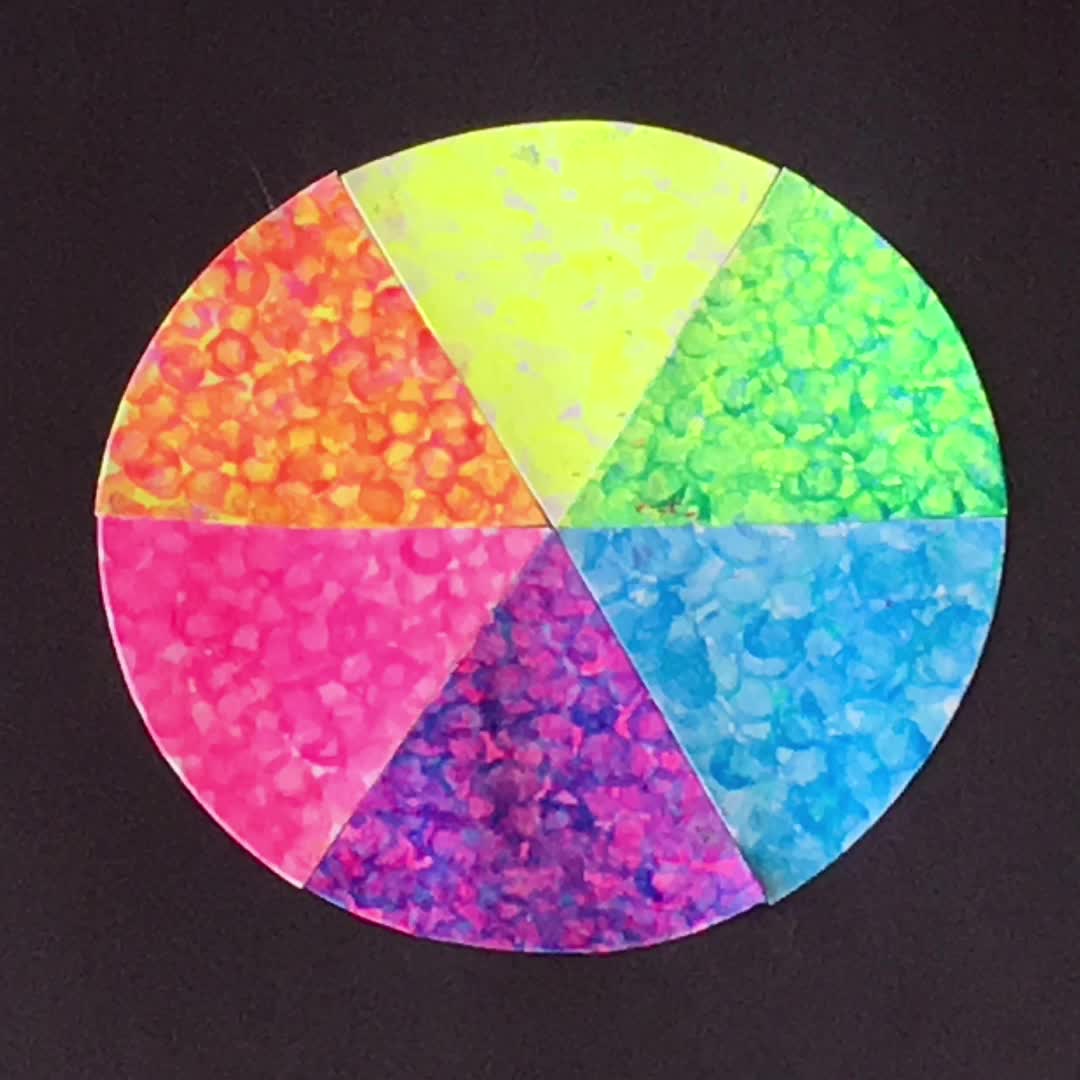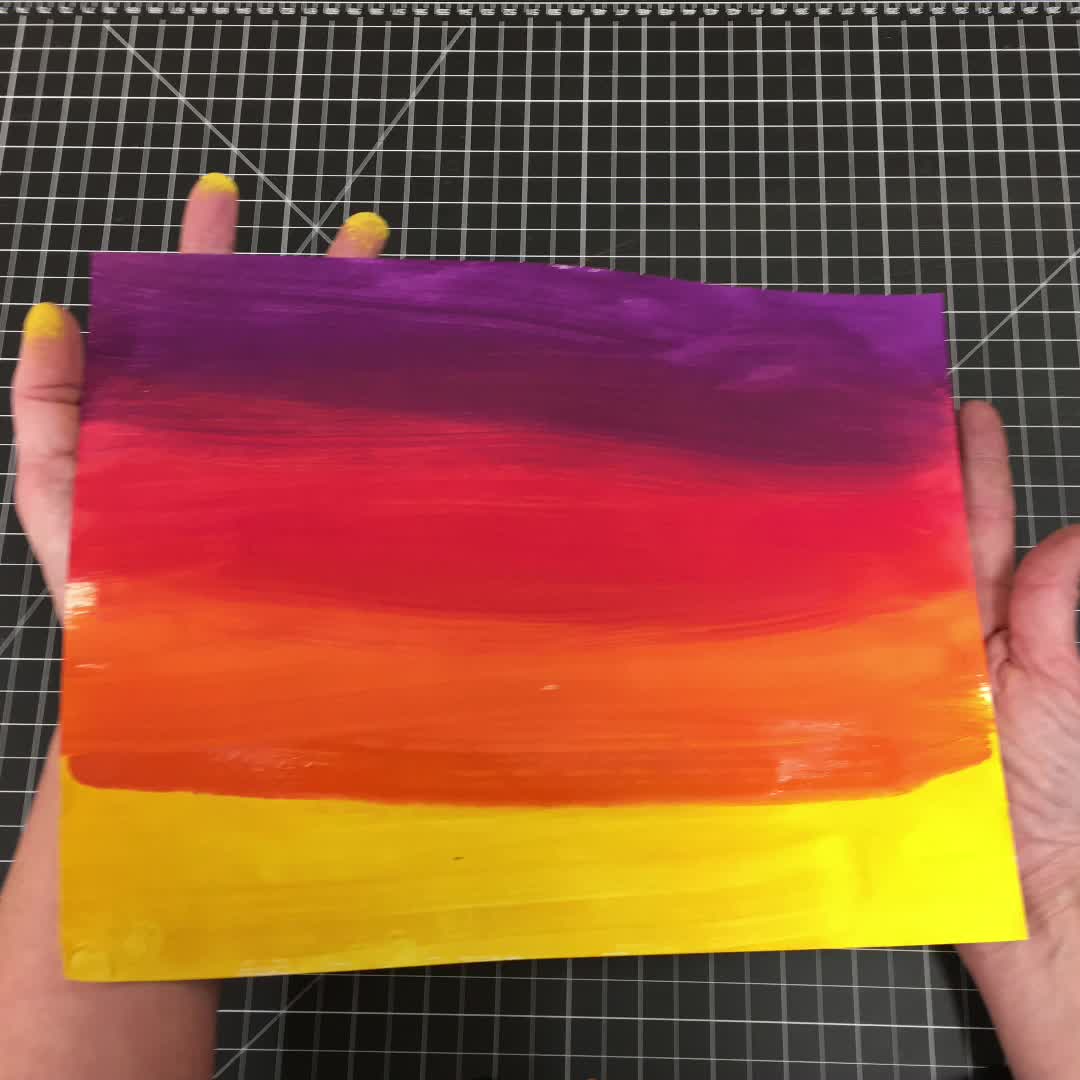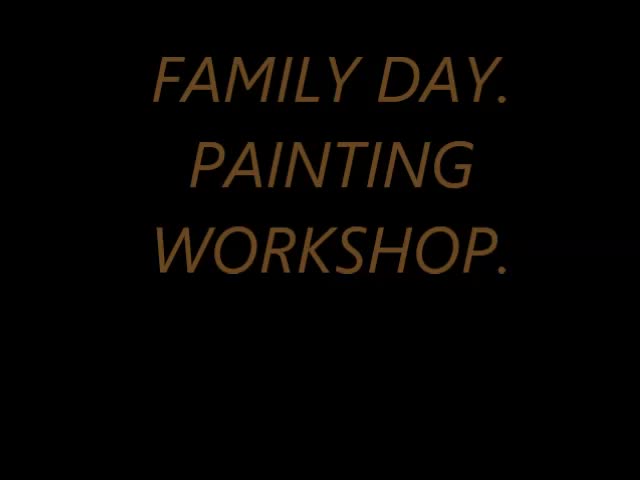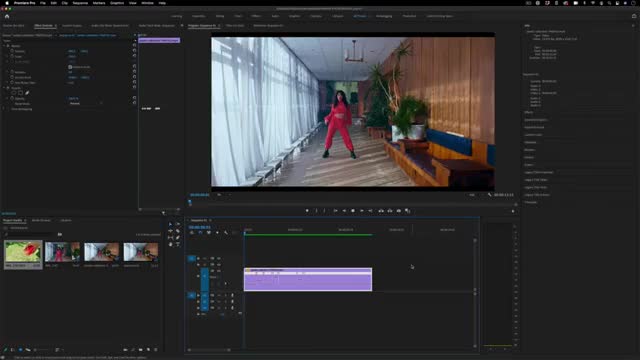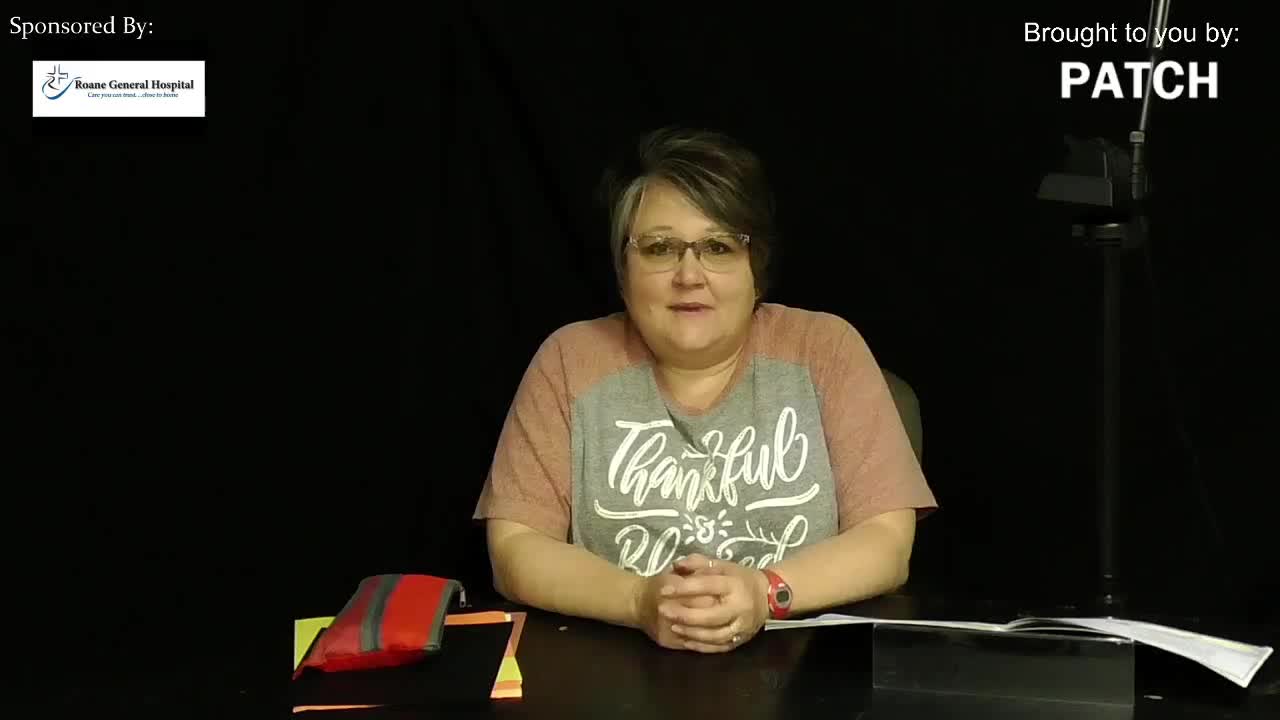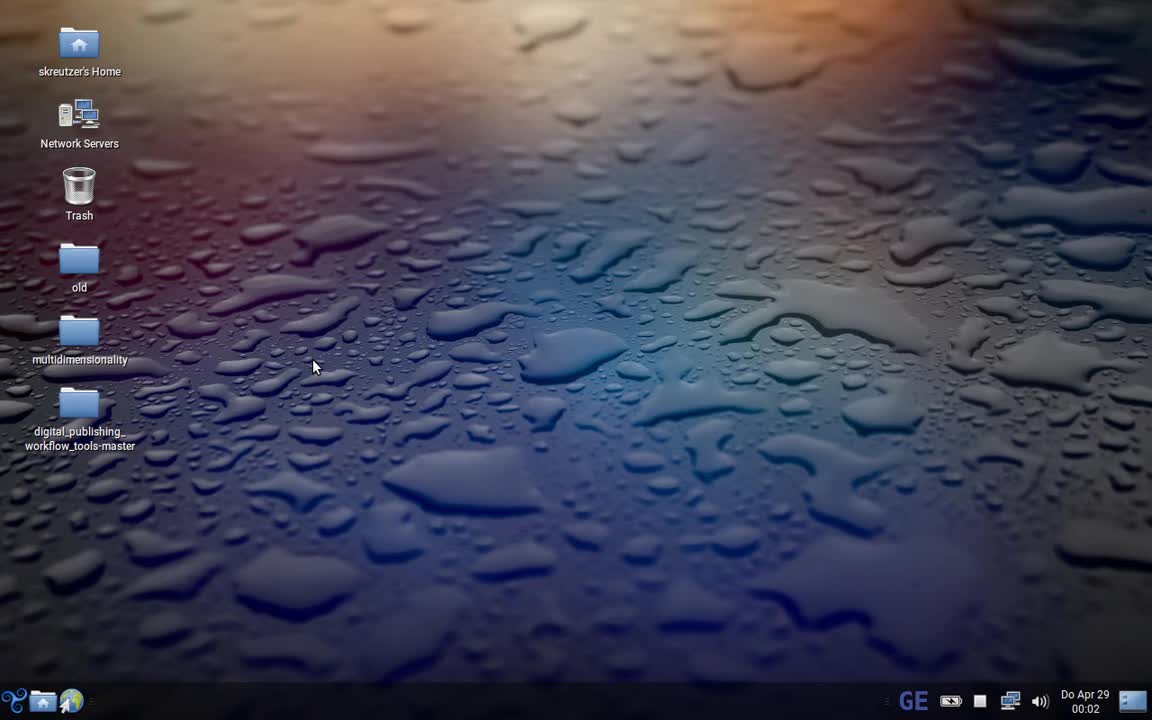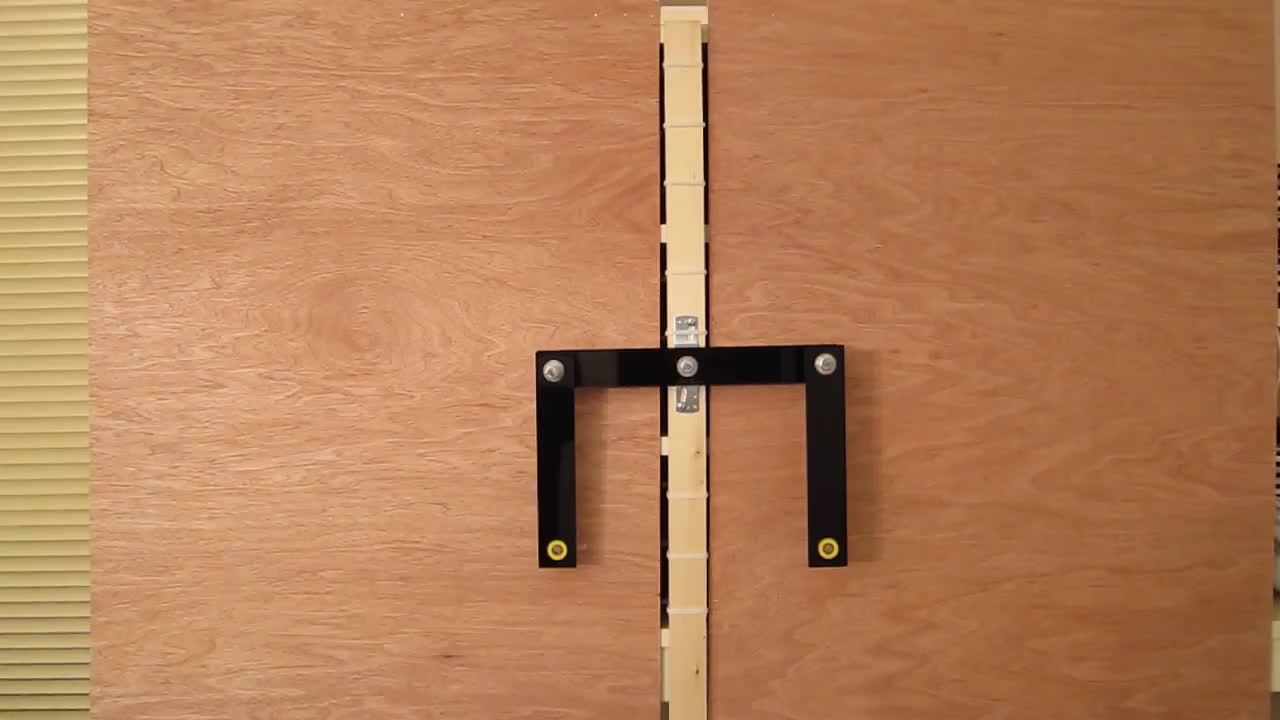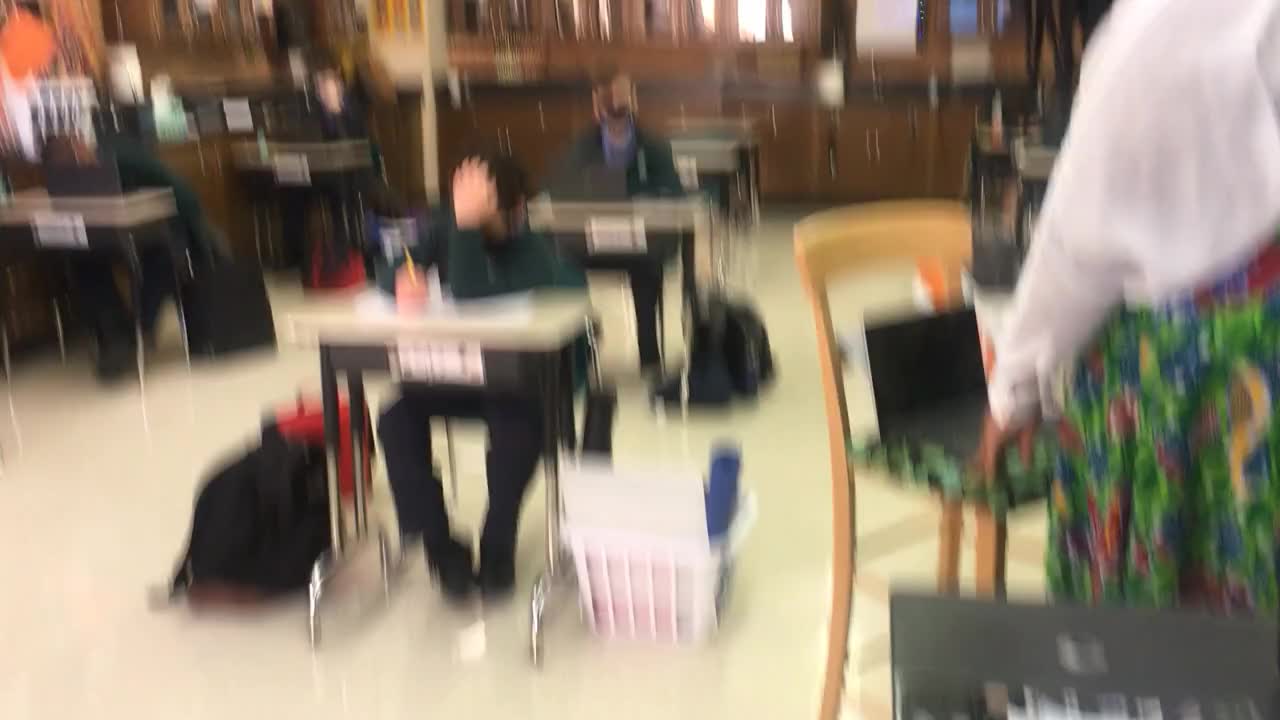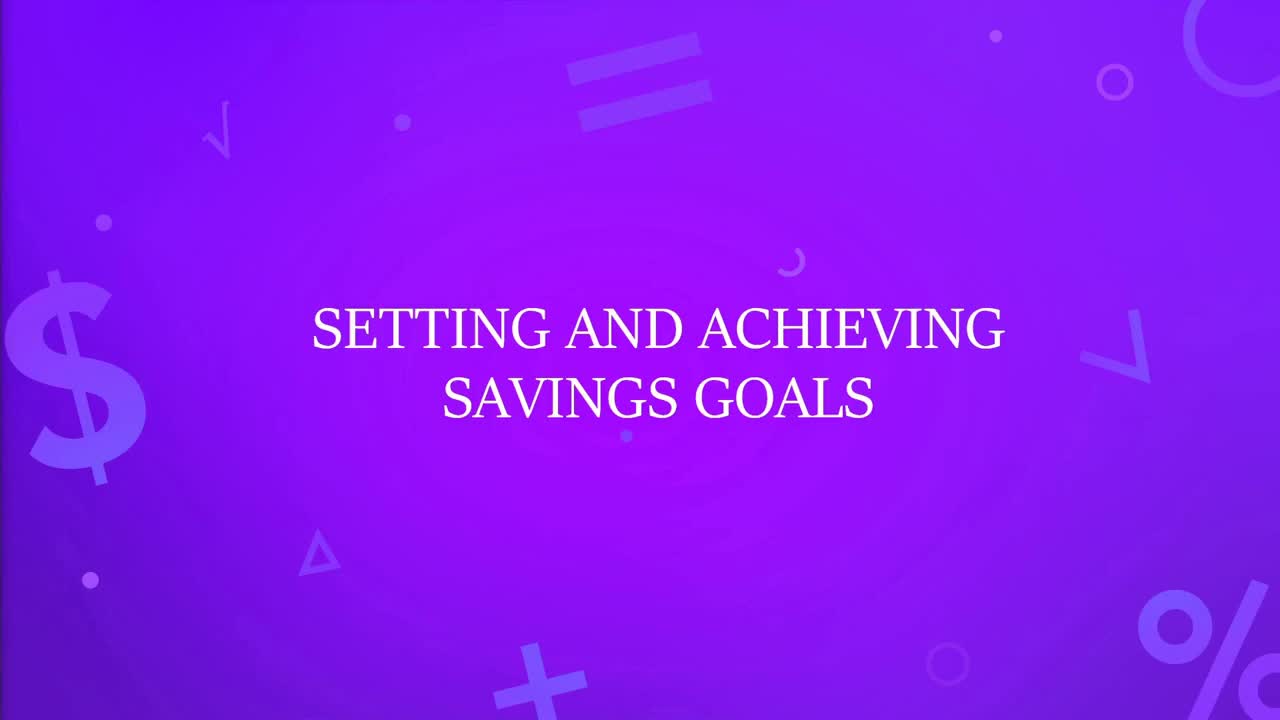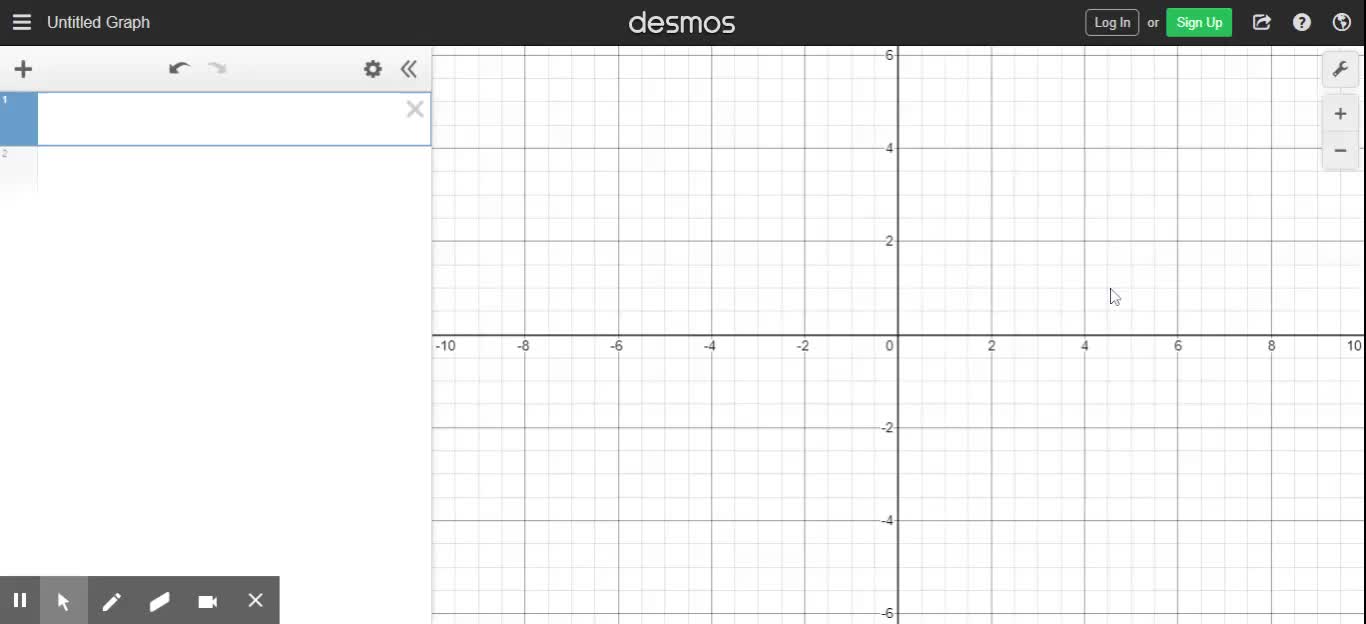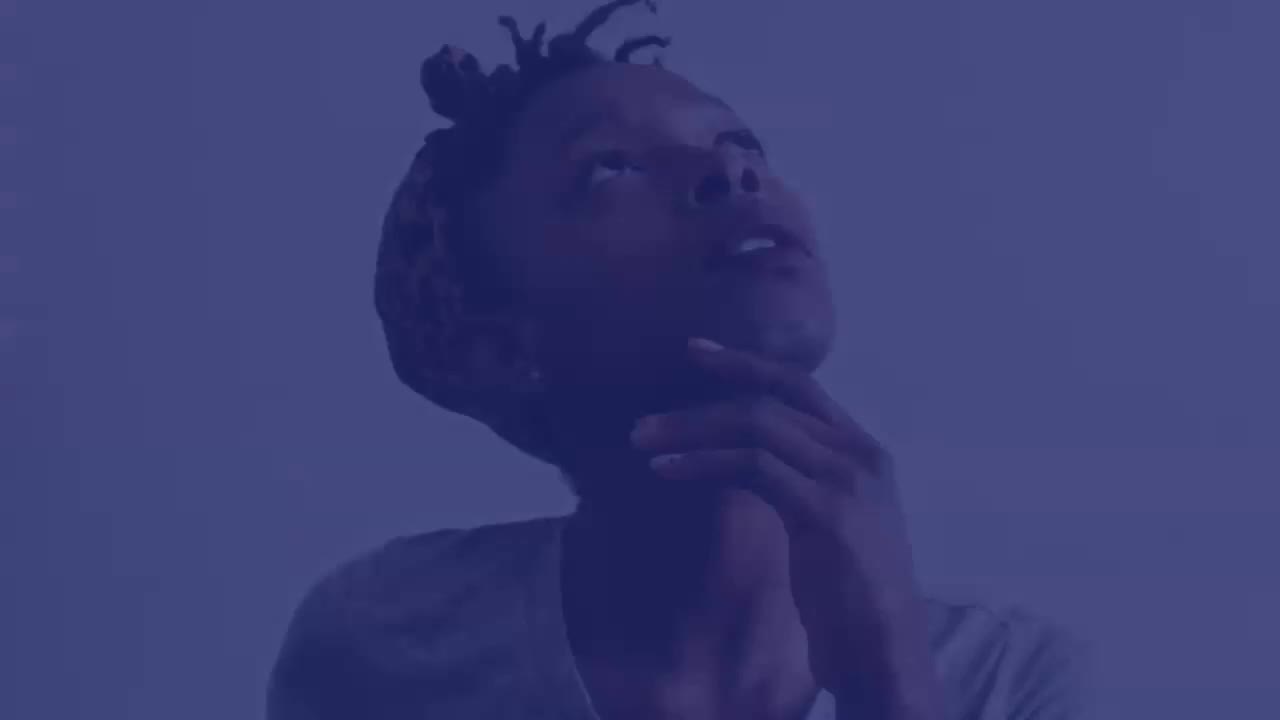PAINTING Station COLOR Unit
High School / Fine Arts / Painting
The purpose of this instructional video is to preview the PAINTING STATION in our Color Unit for K-2 Artists.
It?s me, Mrs. Ramirez and I?m going to preview the Painting Station.
In this session, you will learn the Art Elements of Color and Texture.
And the Art Principles of Contrast and Pattern.
Don?t forget!
Elements and Principles are two of our Quack-a-demic vocabulary words. If you hear the words Elements and Principles, say ?Quack! Quack!? and be ready to tell all about it.
What are the elements and principles of arts, you ask?
Elements are things you see in your art, like colors and textures.
Principles are the ways you use colors and textures to create contrast and patterns.
Today, you will use the principle of pointillism or painting with dots to make the secondary colors, green, orange and violet.
Using fluorescent primary color paints, cotton swabs and 8 pound paper.
Because we are using fluorescent primary color paints, our primary colors, red, yellow and blue, will be replaced by pink, yellow and blue for more vibrant colors.
Everyone knows that pink is a tint of red.
When your color wheel is complete, you can use it as a tool to choose harmonious colors or colors that look great together.
Before you begin, I need 3 things on the front of your paper.
Your name, your secret code and the color of your table.
Now you are ready to begin. Get your work space ready by moving your primary colors near your black paper which you will use as a blotter to keep your paint off the table.
Pick up the yellow paint first. Place 1 pie shaped piece on the black paper and use the cotton swap to fill the entire surface with a yellow dot pattern. This is pointillism.
The more slowly you press, the more colorful your dots will be. So take your time. No pounding on the table please.
That looks great!
Be sure to put your cotton swab back into the container.
Next, do a blue dot pattern into the yellow pie shape and make sure it is evenly covered. You will begin to see green.
Congratulations, you will see your first secondary color.
Now put that green pie shape aside. Don?t lose it! You will need it to complete your color wheel.
Use the yellow once again and cover another pie shape with another dot pattern.
Once it is completely covered with yellow, add a pink dot pattern until you can see orange. Great job! You just made your next secondary color!
Now use pink paint to cover another pie shape with a pink dot pattern.
That looks great!
Now add a blue dot pattern until you see your last secondary color. It?s violet!
Great job!
Now great a dot pattern pie shape for pink, yellow and blue. The primary colors.
Now Abra Kadabra! Turn your paper over.
Now that you have made yellow, green, blue, violet, pink and orange, you are ready to assemble your color wheel.
Now use your glue stick to attach the pieces to the paper.
That's too much glue. That glue stick will break.
Be sure to get the glue up to the edges of the paper.
Carefully press with your fingers.
Line it up carefully!
Great job!
Continue gluing and pressing each piece into place until all 6 pieces are attached.
Press it down carefully and don?t forget to cap up your glue.
You did it!
What a beautiful color wheel.
You can use your color wheel to choose colors that are harmonious or that look great together.
Good luck!
In this session, you will learn the Art Elements of Color and Texture.
And the Art Principles of Contrast and Pattern.
Don?t forget!
Elements and Principles are two of our Quack-a-demic vocabulary words. If you hear the words Elements and Principles, say ?Quack! Quack!? and be ready to tell all about it.
What are the elements and principles of arts, you ask?
Elements are things you see in your art, like colors and textures.
Principles are the ways you use colors and textures to create contrast and patterns.
Today, you will use the principle of pointillism or painting with dots to make the secondary colors, green, orange and violet.
Using fluorescent primary color paints, cotton swabs and 8 pound paper.
Because we are using fluorescent primary color paints, our primary colors, red, yellow and blue, will be replaced by pink, yellow and blue for more vibrant colors.
Everyone knows that pink is a tint of red.
When your color wheel is complete, you can use it as a tool to choose harmonious colors or colors that look great together.
Before you begin, I need 3 things on the front of your paper.
Your name, your secret code and the color of your table.
Now you are ready to begin. Get your work space ready by moving your primary colors near your black paper which you will use as a blotter to keep your paint off the table.
Pick up the yellow paint first. Place 1 pie shaped piece on the black paper and use the cotton swap to fill the entire surface with a yellow dot pattern. This is pointillism.
The more slowly you press, the more colorful your dots will be. So take your time. No pounding on the table please.
That looks great!
Be sure to put your cotton swab back into the container.
Next, do a blue dot pattern into the yellow pie shape and make sure it is evenly covered. You will begin to see green.
Congratulations, you will see your first secondary color.
Now put that green pie shape aside. Don?t lose it! You will need it to complete your color wheel.
Use the yellow once again and cover another pie shape with another dot pattern.
Once it is completely covered with yellow, add a pink dot pattern until you can see orange. Great job! You just made your next secondary color!
Now use pink paint to cover another pie shape with a pink dot pattern.
That looks great!
Now add a blue dot pattern until you see your last secondary color. It?s violet!
Great job!
Now great a dot pattern pie shape for pink, yellow and blue. The primary colors.
Now Abra Kadabra! Turn your paper over.
Now that you have made yellow, green, blue, violet, pink and orange, you are ready to assemble your color wheel.
Now use your glue stick to attach the pieces to the paper.
That's too much glue. That glue stick will break.
Be sure to get the glue up to the edges of the paper.
Carefully press with your fingers.
Line it up carefully!
Great job!
Continue gluing and pressing each piece into place until all 6 pieces are attached.
Press it down carefully and don?t forget to cap up your glue.
You did it!
What a beautiful color wheel.
You can use your color wheel to choose colors that are harmonious or that look great together.
Good luck!
